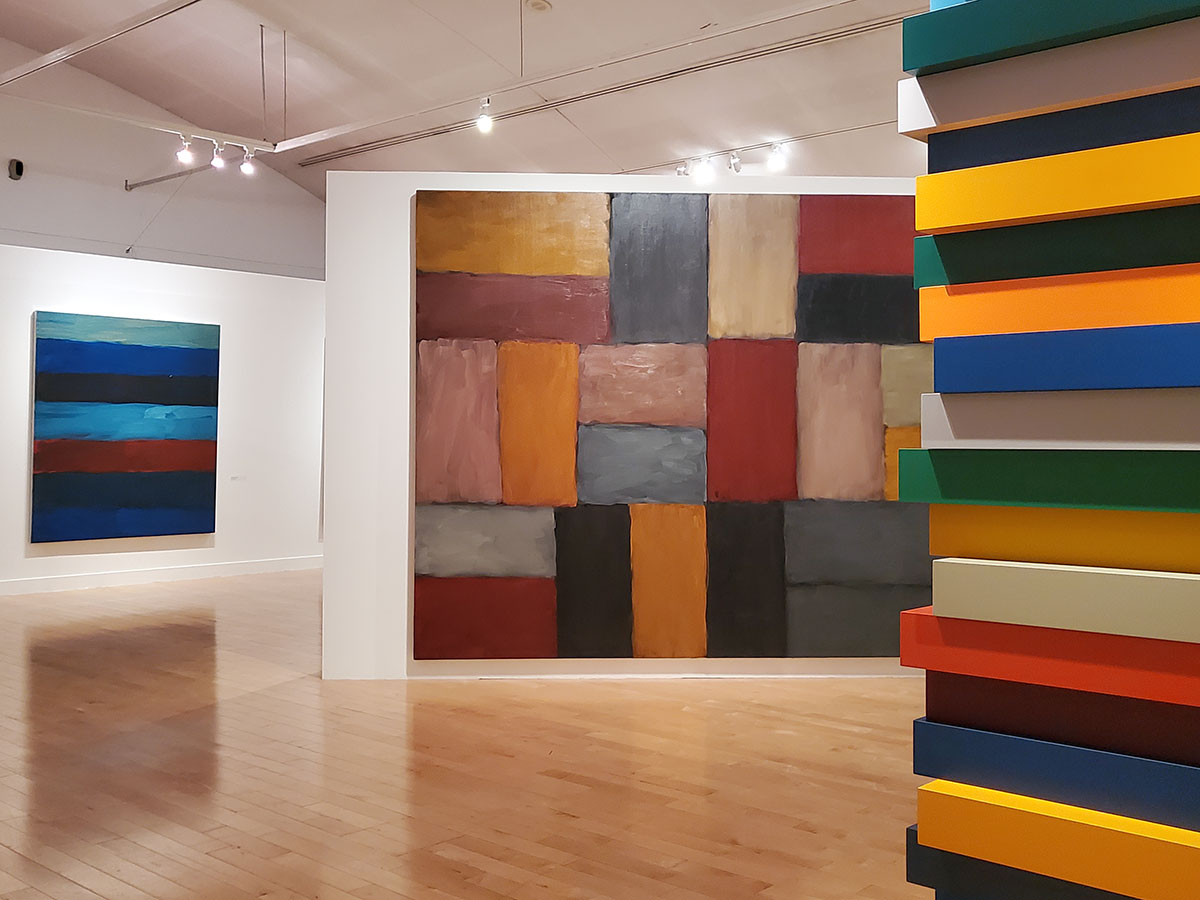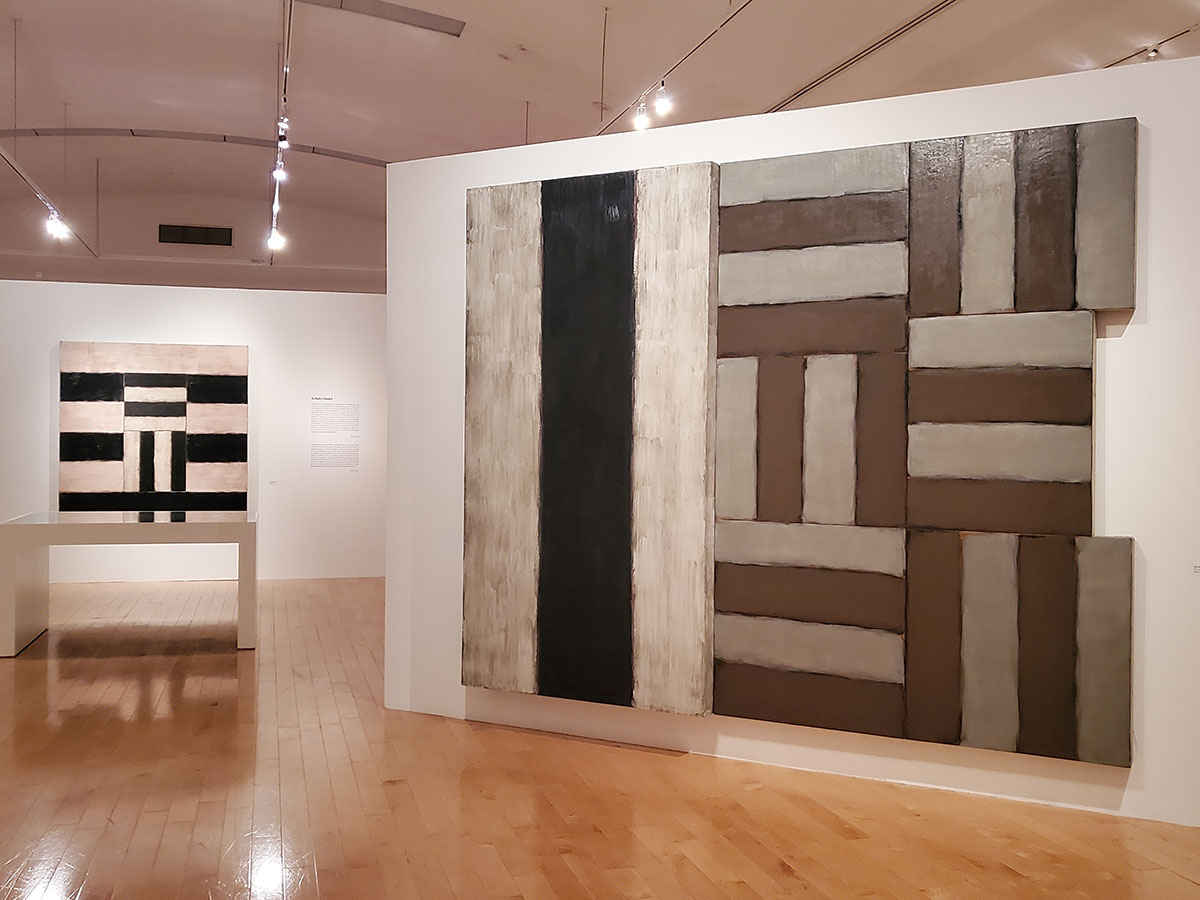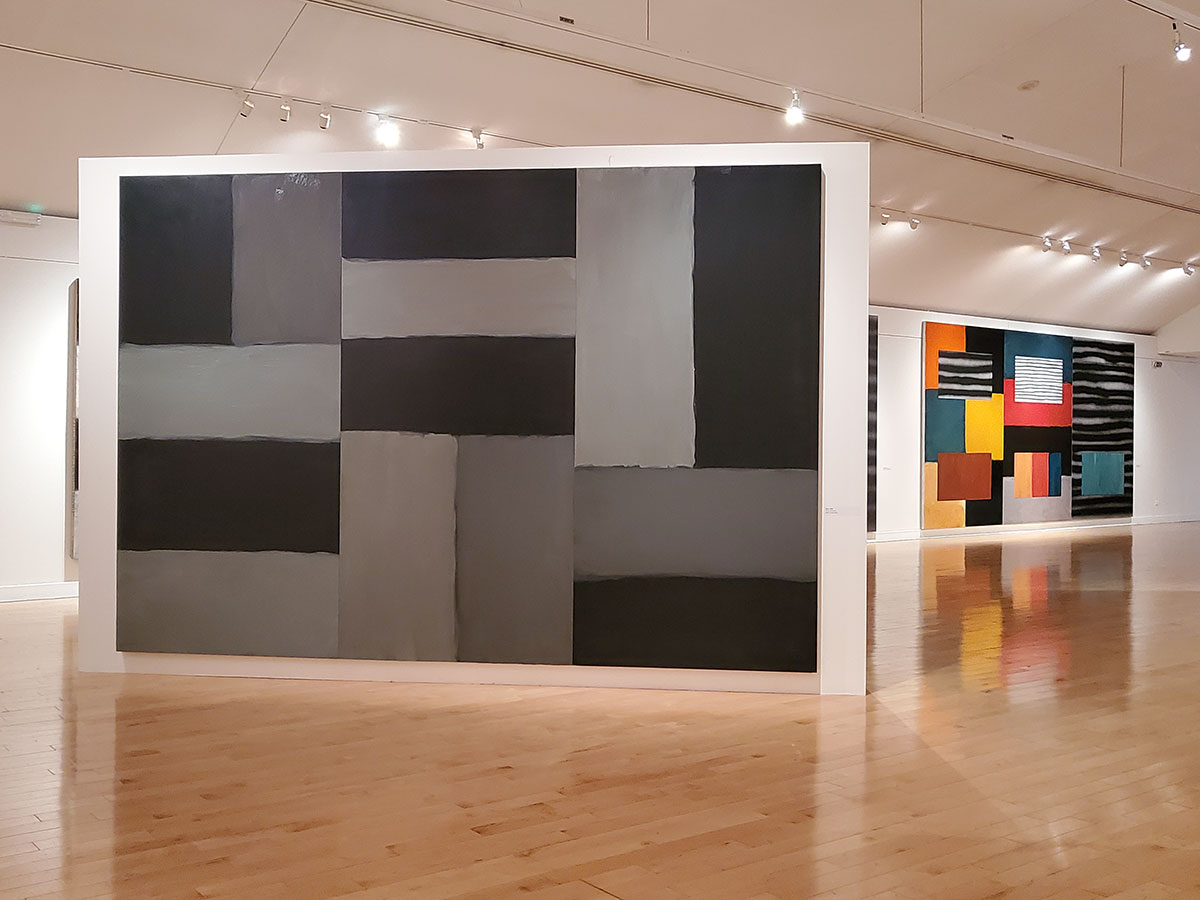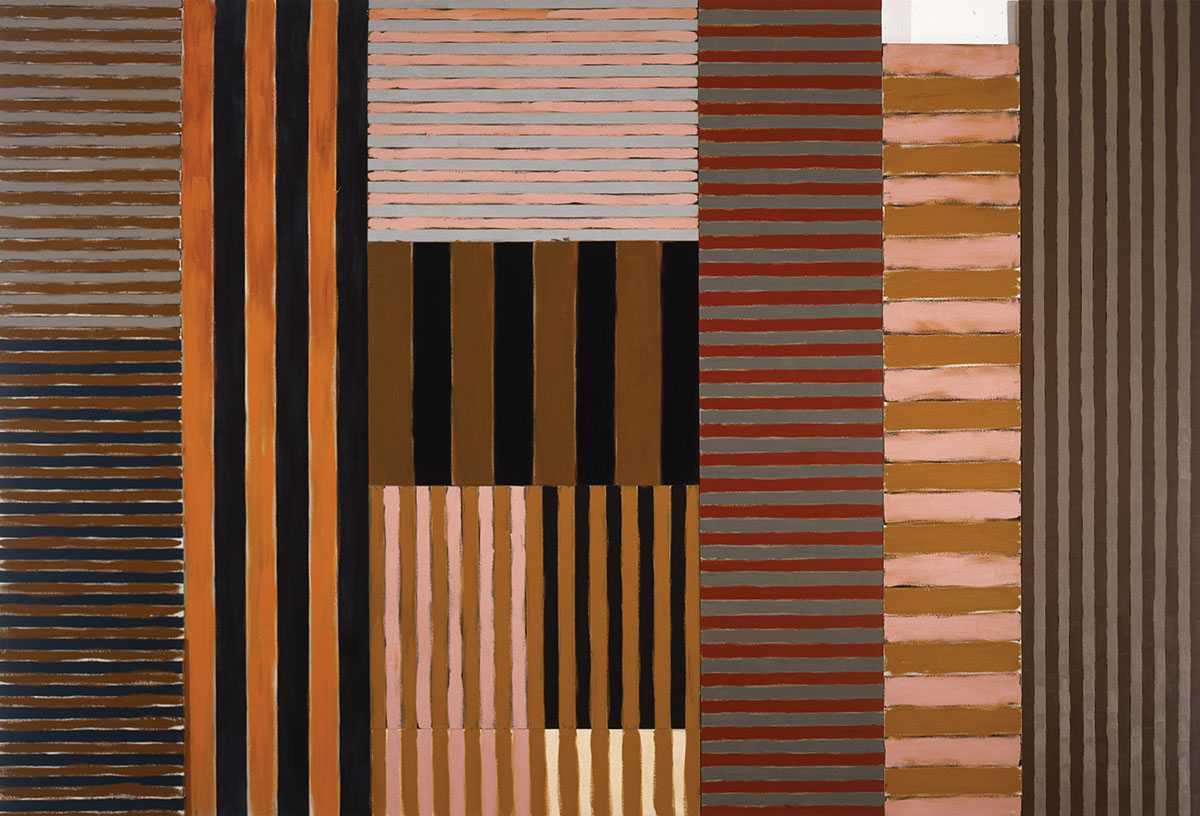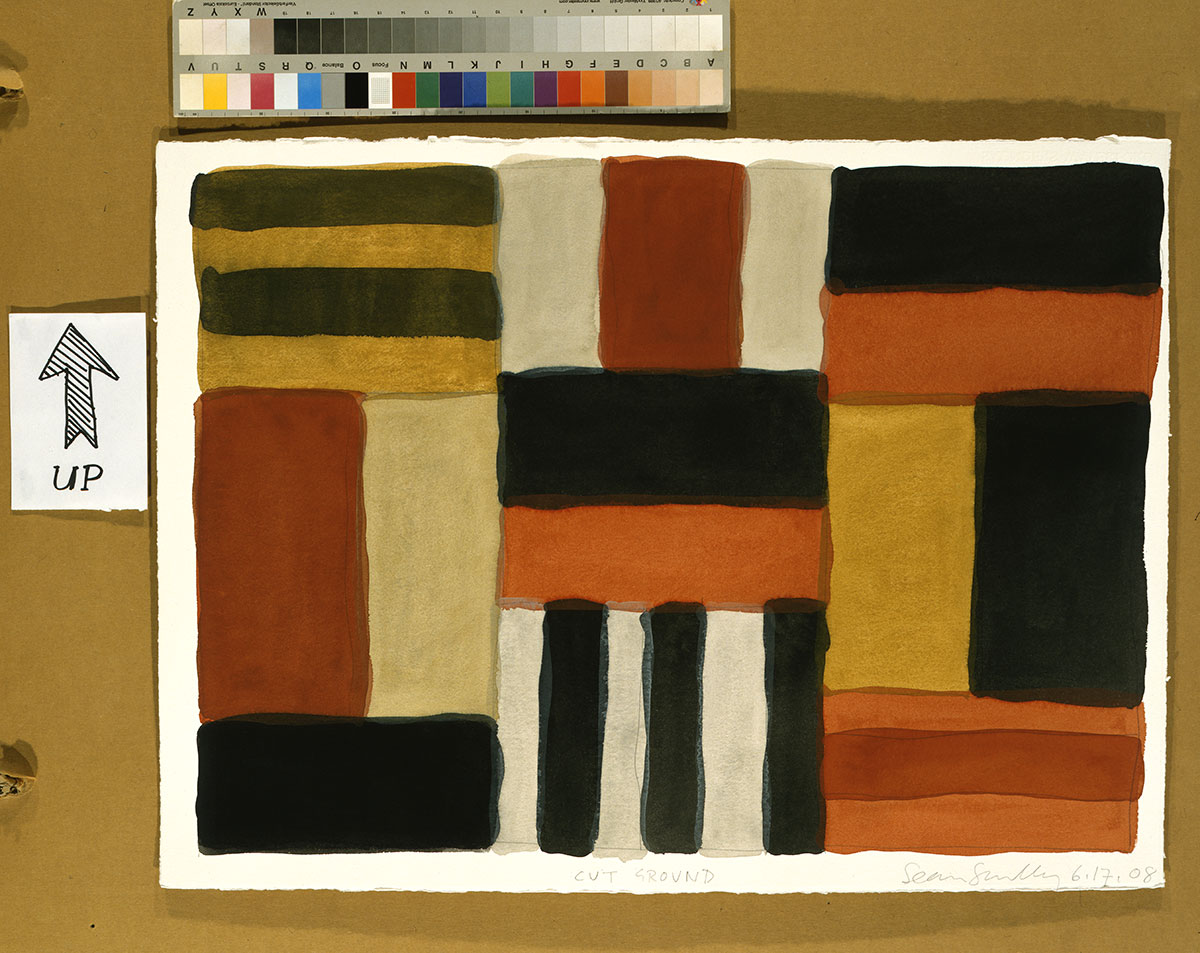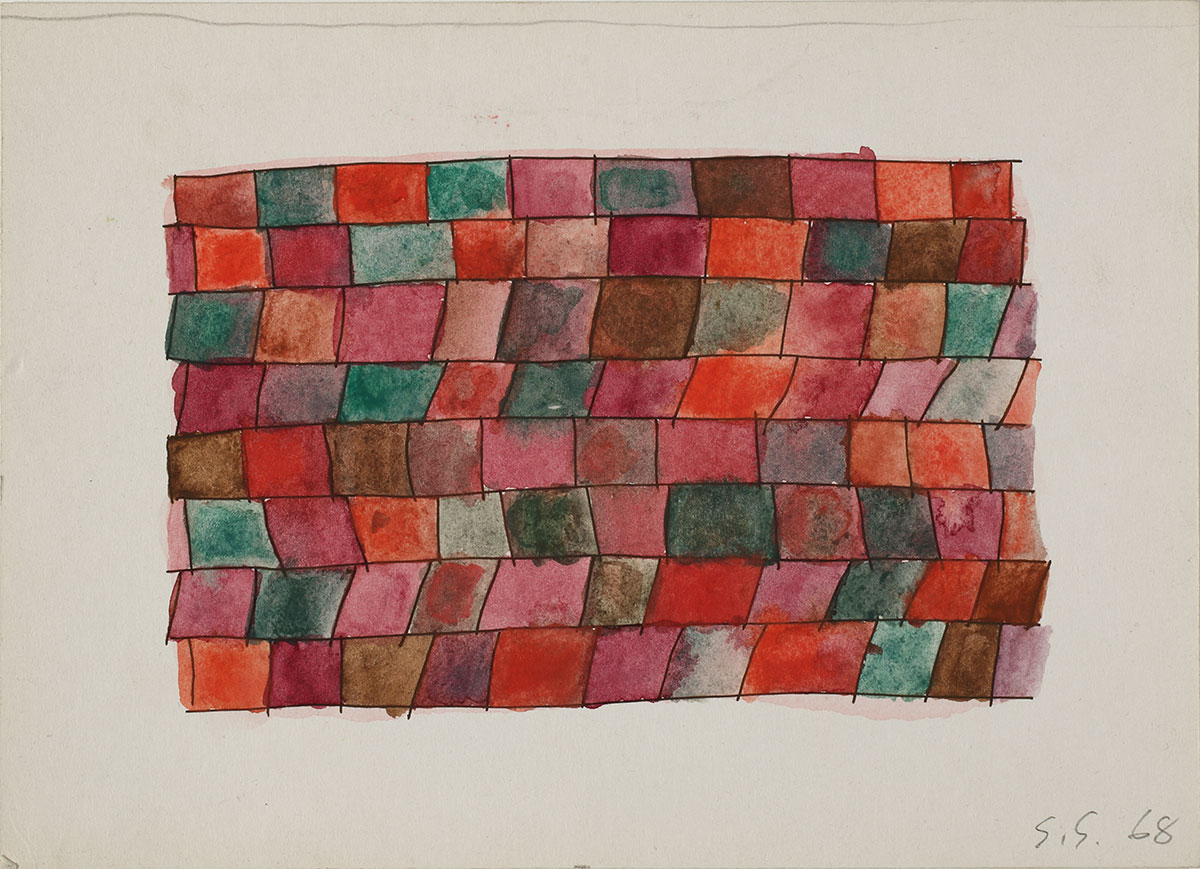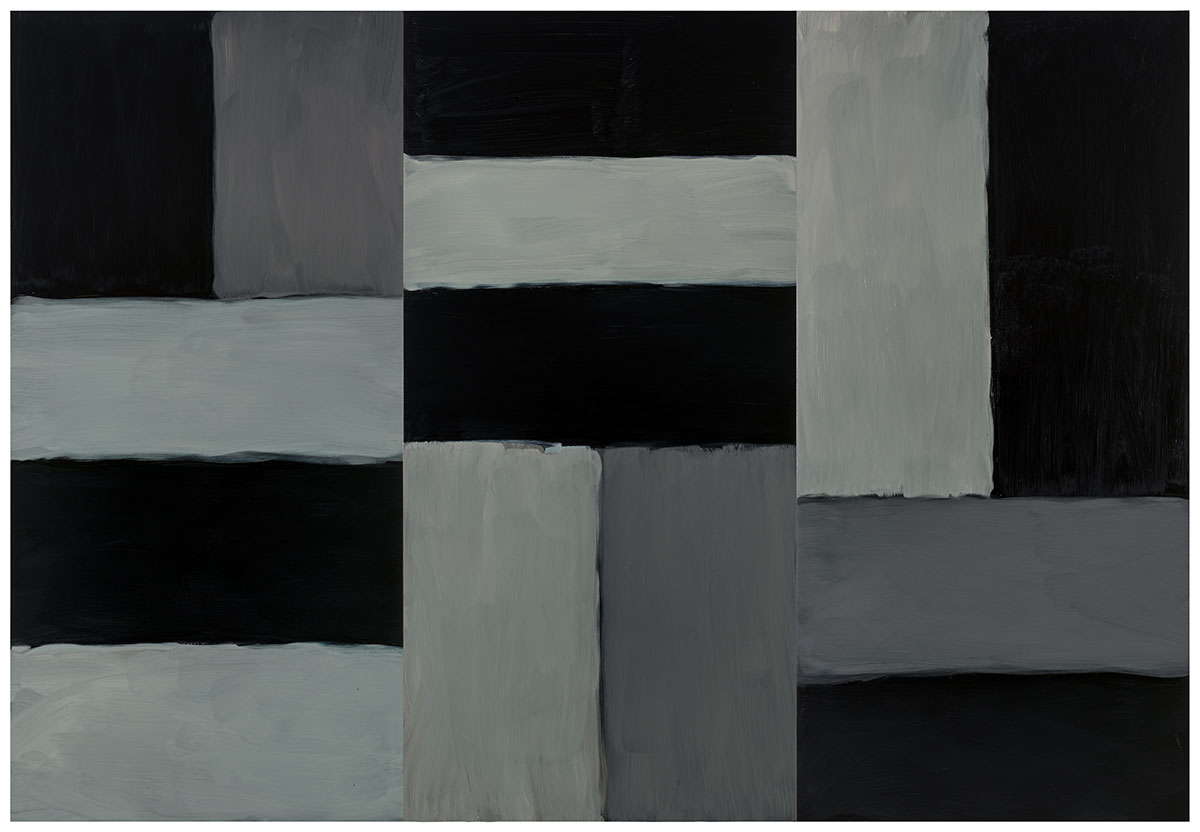PRESENTATION: Sean Scully-Passenger
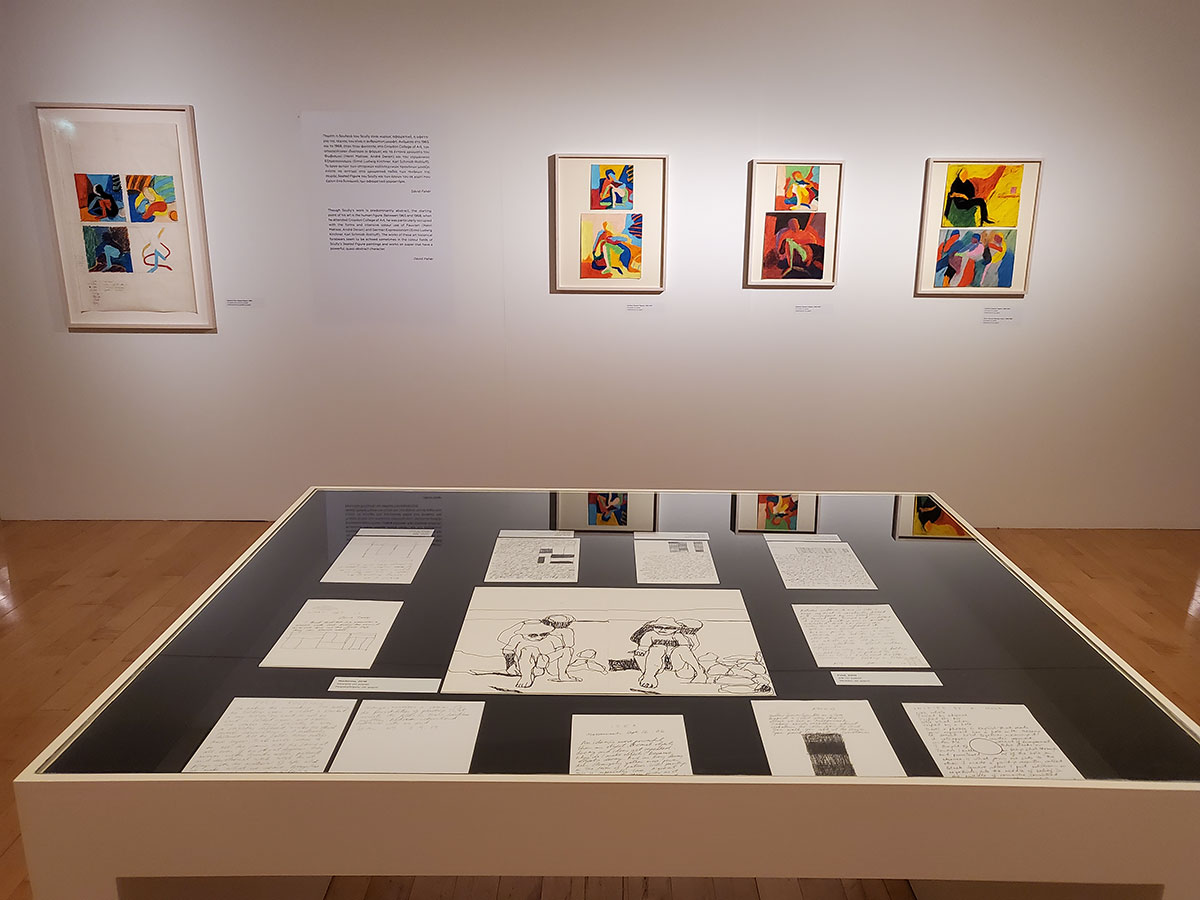 Sean Scully came to international prominence as a painter of abstract works featuring combinations of squares and stripes. Having abandoned figurativism in the mid-1960s, and a series of precise line paintings in the early 1970s, he turned to “sculptural” canvases that got their name because they featured heavy, tangible, stretches of paint and abutted panels that impose themselves on the viewer. These signature works left behind the almost technical precision of his line compositions in favor of a freer application of paint that gave rise to an expressive translation of color, light, and texture.
Sean Scully came to international prominence as a painter of abstract works featuring combinations of squares and stripes. Having abandoned figurativism in the mid-1960s, and a series of precise line paintings in the early 1970s, he turned to “sculptural” canvases that got their name because they featured heavy, tangible, stretches of paint and abutted panels that impose themselves on the viewer. These signature works left behind the almost technical precision of his line compositions in favor of a freer application of paint that gave rise to an expressive translation of color, light, and texture.
By Dimitris Lempesis
Photo: Benaik Museum Archive
The 103 works that are presented in Sean Scully’s retrospective “Passenger” surveys all the major periods of the artist’s oeuvre from his early experiments in the 1960s, through the minimalism of the 1970s, and the compositions of the 1980s built from expressive bands and marked by plasticity, to his groups of works associated with window and wall motifs, all the way to his recent turn to figurativity, which came as a surprise to many. The earliest paintings and drawings were made during the 1960s, and bear figurative qualities and references to the human form. These are displayed on the first floor of the Benaki museum, along with his most recent “Madonna” series (2018) whereby, after the birth of his son Oisín, Scully reverts briefly to figurative art. On the same level, visitors have the opportunity to enjoy large-scale works from the “Supergrids” series, where the artist’s influences derive, on the one hand, from the repeat patterns on rugs and textiles that he saw during a visit to Morocco and, on the other hand, from Mondrian’s neoplasticism. The exhibition’s second level includes Sean Scully’s exquisite oils, made from the 1980s onward, which hold an unbroken dialogue with the iconic movements and master painters of European art. The exhibits are complemented by sketches and notes that provide additional insight into the artist’s work.
Born in Dublin, Ireland, in 1945, Scully moved to London with his family, mostly living in working class neighborhoods in South London,without settling in one space for an extended period of time. Following an early desire to become an artist, Scully apprenticed as a typesetter in a printing shop as a teenager and worked in graphic design before pursuing formal coursework in painting at the Central School of Art. Although he was rejected by eleven art schools, Scully eventually studied at the Croydon College of Art, graduated from Newcastle University, and received a graduate fellowship at the Carpenter Center for the Visual Arts at Harvard University, Cambridge, in the early 1970s. While still a student, Scully followed in the footsteps of Henri Matisse, Paul Klee and August Macke, making a road trip to Morocco in an old truck with eight friends. There he was deeply attracted to the rich, warm colors and geometric patterns of textile prints. Scully did return, however, and graduated from Newcastle in 1972. He remained in the University as a teaching assistant, as well as teaching one day a week at the nearby City of Sunderland College of Art. In 1972, Scully was awarded the Frank Knox Fellowship to study at Harvard University in Cambridge, Massachusetts. On visiting the United States for the first time he was impressed by the expansive, large format and slick, controlled surfaces of Minimalist American painting and his work became more ambitious, with more rigid, controlled geometric patterns on a bigger scale. On receiving the Harkness Fellowship award in 1975 Scully was able to move to New York City with his girlfriend, the artist Catherine Lee. Between 1975 and 1982 Scully invested a new energy into his art. The paintings he made were sparcer, more monochromatic and philosophical, influenced by the dominant trends in New York, namely Minimalism, Conceptualism, and specifically the paintings of Jasper Johns, Agnes Martin, Robert Ryman, Gene Davis and Brice Marden. Indeed, he worked closely with Marden, absorbing and sharing ideas about simplicity, structure and movement before emerging with a freer, more emotive form of image making. In 1978 Scully married Catherine Lee and decided to dedicate a painting to her every year. This resulted in a group of paintings now known as the “Catherine” series. Scully took on a teaching post at Princeton University, allowing him to remain in New York where he felt increasingly at home. Indeed, the city provided the ideal backdrop for his style of patchwork abstraction. In 1983 Scully became an American citizen. The same year, his 18 year old son from his previous marriage died tragically in a car accident, leaving the artist bereft and distraught. Throughout his grieving period Scully carved a niche for himself in America, infusing his earthy, sensual paintings with a deeply melancholic streak. Although the dominant trend by this time was Neo-Expressionism – or what Scully called “melodramatic figuration” – his contemplative, loosely-geometric abstractions offered a unique sense of physicality and character that made his art much loved by critics and buyers. His larger than life canvases made reference to the geometries in art that have existed for centuries, subjects ranging from early religious paintings, Giorgio Morandi’s still life studies, Piet Mondrian and Mark Rothko’s abstractions, Bridget Riley’s Op Art lines and Jasper Johns’ loaded, symbolic flag stripes. After divorcing his second wife (Lee) he married the artist Liliane Tomasko in 2006. The pair had a son, Oisín, in 2009. Since then he has had several major solo and retrospective exhibitions. In 2015 Scully completed a permanent installation for the restored Santa Cecilia de Montserrat monastery in Barcelona. Scully has continued to experiment with new directions, expanding into three dimensions with a series of ambitious, monumental sculptures, including a series in Yorkshire Sculpture Park in England. In his recent paintings he has also returned to the figuration of his student days, as seen in a series of works that were influenced by his experiences as a father which he titled “Eleuthera”.
Photo: Sean Scully, Passenger, Exhibition view Benaki Museum-Athens, 2021, Photo: Nicolett Menti, Courtesy Benaki Museum
Info: Curators: Dávid Fehér and Konstantinos Papachristou, Benaki Museum, 138 Pireos str., Athens, Greece, Duration: 16/12/2021-16/2/2022, Days & Hour: Thu, Sun 10:00-18:00, Fri-Sat 10:00 – 22:00, Fri-Sat y: 10:00 – 22:00, www.benaki.org
